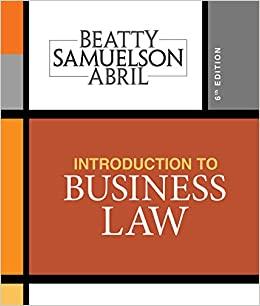Question
Data (adjacent worksheet) was collected for 45 mutual funds, which are part of the mutual fund portfolios offered through LMD investments. LMD wants to develop

Data (adjacent worksheet) was collected for 45 mutual funds, which are part of the mutual fund portfolios offered through LMD investments. LMD wants to develop a linear regression model to predict the 3-year average return (%) based upon: the fund type, which is denoted as Indexed Funds (IN), Corporate Bonds (CB), Global Equity (GE) and Fixed-income (FI), as well as the fund's Expense ratio. Complete the following steps:1. Use Excel to construct an (xy) scatterplot for y=3-year average return versus x=Expense ratio. Be sure to provide a meaningful title and informative axis labels. 2. Run the regression model (use IN as the reference category for the categorical variables). Put your regression output in the worksheet "Regression Data". Also generate a proper Normal Probability Plot in the Data worksheet. Use the regression output to answer questions a - g below:a. Type the estimated regression function.b. What percentage of the total variability in 3-year average return is explained by the regression model?c. What is the observed significance level of the estimated regression model?d. Interpret the estimated regression coefficient for a 'GE' fund.e. List and explain each independent variables (if any) that is not significant at the 0.05 levelf. State and interpret the 90% confidence interval for the coefficient of 'expense ratio'?g. Predict the 3-year average return for a GE fund with an Expense ratio of 1.12% (report the final answer to one decimal place).h. From the regression output, what is the average marignal value (i.e. 1% increase) in the expense ratio on 3-year average returns? *Please provide step by step directions for the excel regression model and include the Excel work.*

Step by Step Solution
There are 3 Steps involved in it
Step: 1

Get Instant Access to Expert-Tailored Solutions
See step-by-step solutions with expert insights and AI powered tools for academic success
Step: 2

Step: 3

Ace Your Homework with AI
Get the answers you need in no time with our AI-driven, step-by-step assistance
Get Started


